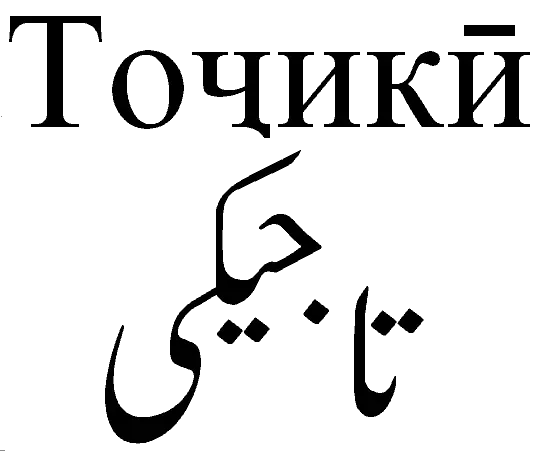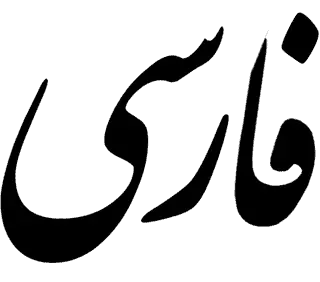This is a common question people ask when they learn to speak Persian. You may often hear your professors, fellow students, or friends use Persian and Farsi interchangeably.
So, is there a difference between Persian and Farsi?
In most cases, this is fine; however, there is a difference between these two terms, so let’s go over the fine points of the Persian language in more detail.
What is Persian?
Persian is an Indo-European language that is mainly spoken in Iran, Tajikistan, and Afghanistan. It began thousands of years ago during the Achaemenid Empire. Since then, Persian transformed into a modern language that is spoken by 110 million people. The language uses a variant of the Arabic alphabet, but as you’ll soon learn, another form of Persian uses a different writing system entirely.
There are three main dialects of Persian.
Persian-Farsi, or Western Persian
This is the most common form of Persian. It is commonly known as Farsi, which is the main language in Iran. Some groups in neighboring countries, such as Iraq, also speak Farsi. We’ll explain this variant in more detail in the following section.
Persian-Dari, or Eastern Persian
Dari is one of the official languages of Afghanistan. The majority of Afghans speak Dari, but some also speak Pashto as their native tongue. While the Dari and Farsi are the same
You will also see that Dari speakers use a slightly different way of verbally conjugating verbs.
All in all, Farsi and Dari speakers understand one another easily. Most people compare these subtle differences to those of British and American English.
Tajiki
This variant of Persian is a blend of Dari, Uzbek, and Russian. It is the official language of Tajikistan. Tajiki uses the Cyrillic alphabet but sounds quite similar to Dari. The language formed after the Soviet Union created the Soviet Republic of Tajikistan.
Because Tajikistan’s history is full of foreign influence, the language has quite a few dialects. Some, such as the Kulob dialect, sound formal and is the choice for broadcasters and politicians. The Bukhori dialect, created by Bukharan Jews, is a mix of Tajik and Hebrew.
Tajik is technically a form of Persian, but it looks nothing like Farsi. This is one case where it is crucial to understand the difference between Persian and Farsi. You might offend a Tajik if you call the language the wrong thing.

What is Farsi?
As you now know, there is a slight difference between Persian and Farsi. Farsi is the official language of Iran. The language was known as Parsi until the mid-1900s, so you may see some refer to it as such.
It has various dialects, but you will mostly like learn formal Persian in your school or online class. Your instructor may refer to this as Ketaabi Farsi. Ketaab means “book”, as in the formal dialect used for writing. This dialect will serve as your foundation for learning future subtleties of the language.
Most courses also teach the most common way of speaking, the Tehrani dialect. While you can pronounce Farsi the same way that you write it, there is a cultural trend of saying words slightly differently. The long A sound will change to a long U sound. For example, Tehran is written as
Why Learn Farsi?
Iran receives a great deal of media coverage over it’s supposed nuclear program, poor relations with the United States, and hostilities toward Israel. However, many people want to learn to speak Farsi due to Iran’s rich cultural history.
Poets, like Ferdowsi and Hafez, wrote in an older form of Persian. Both academics and cultural aficionados learn Farsi to study and enjoy these great works. Moreover, some people learn Farsi as a precursor before traveling to Iran.
Whatever your reason, there is a program that will suit your needs and learning style. Check out our guide on How to Learn Farsi to get started. If you want to learn Persian at home, then we suggest you read our list of the Best Books to Learn Farsi.


Hi! I’m interested in learning Persian/Farsi and found your site googling. I attempted to check out your guide on Best Courses for Learning Farsi, but the link comes up empty, no content found. Could you please help me obtain this information? Thank you.
Hi thanks for asking about that article! There was an internal error on the site. I will remove that link for now…but we have several other blog posts on learning Farsi online or at summer programs!
“Afghanis” is unit of currency in Afghanistan.
Our nationality is Afghan.
I hope you fix it.